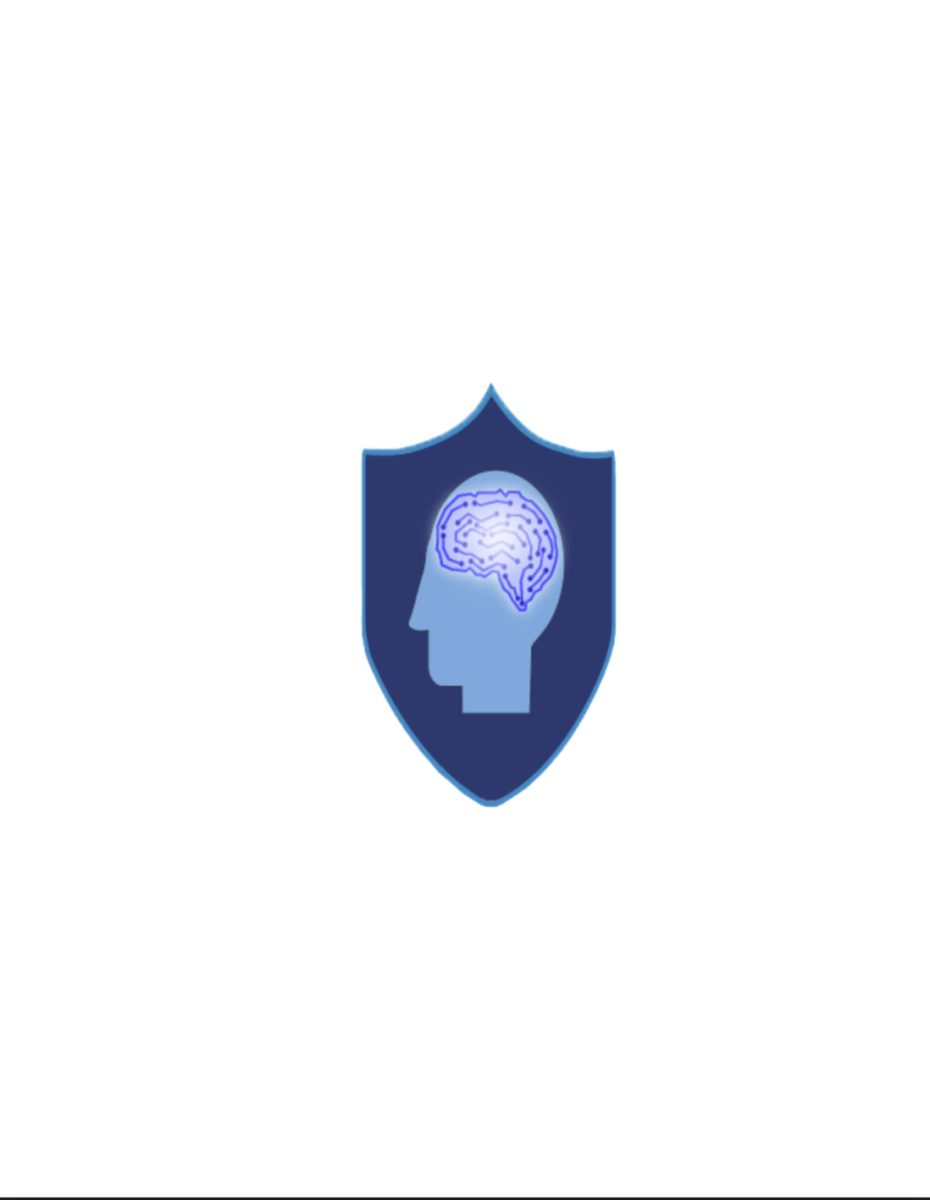As society has reached a point in technological advancement where we have AI at our fingertips, it has become increasingly obvious that AI is the next step in evolution through its quick adoption into our daily lives. Although it is still progressing, it has many practical uses already, such as tools in research, medicine, virtual assistants, customer service and more. AI pulls its knowledge from the internet, so it can be used to research subjects more efficiently by getting its information from multiple sources and cross-referencing it. AI’s ability to recognize patterns is much better than that of humans, which can have many uses, such as assistance in medicine, automation and biometrics.
In medicine, AI is able to identify diseases and develop drugs faster. By observing scans, images and heart signals, AI can make diagnoses or assess the risk for different conditions. Right now, it is not perfectly accurate because it needs thousands of concrete examples in order to learn. While it is not replacing doctors anytime soon, AI can aid in making interpretations faster and it can help choose a personalized treatment plan for patients. AI is able to develop medicines faster and cheaper by identifying good targets for intervention, choosing suitable candidates and finding biomarkers to identify the disease with complete confidence.
AI in automation, also called intelligent automation, can take data and calculate predictions. It is often applied to businesses and the economy to predict trends in the market and take steps to promote economic growth. While the technology is improved and implemented in different industries, it may eliminate the need for some jobs or tasks, but at the same time, it will also create new jobs that were not necessary before.
Biometrics is the recognition of unique physical attributes in humans and is typically used for security. The two most common uses for this are face and fingerprint recognition. In 2016, President Barack Obama even proposed using fingerprint-scanning technology on guns. Other ways that AI is being used in biometrics are in iris recognition and forms of behavioral recognition like keystroke dynamics and gait. Keystroke dynamics are the characteristics of how someone types, including the time gap between each stroke and the force used. Gait, or how a person walks, uses walking pace, speed and acceleration to create a personalized profile. Once AI has become more consistently accurate with these identifications, security will surpass any current expectations.
AI still has plenty of room for growth but has already increased efficiency in businesses and people’s personal lives, especially with its constant availability. With all of these advancements, it is definitely going to evolve into a more consistent feature used around the world for years to come.









Ruben • Apr 9, 2024 at 10:35 pm
I cant wait for the day i get a little AI in my headphones like Cortana!